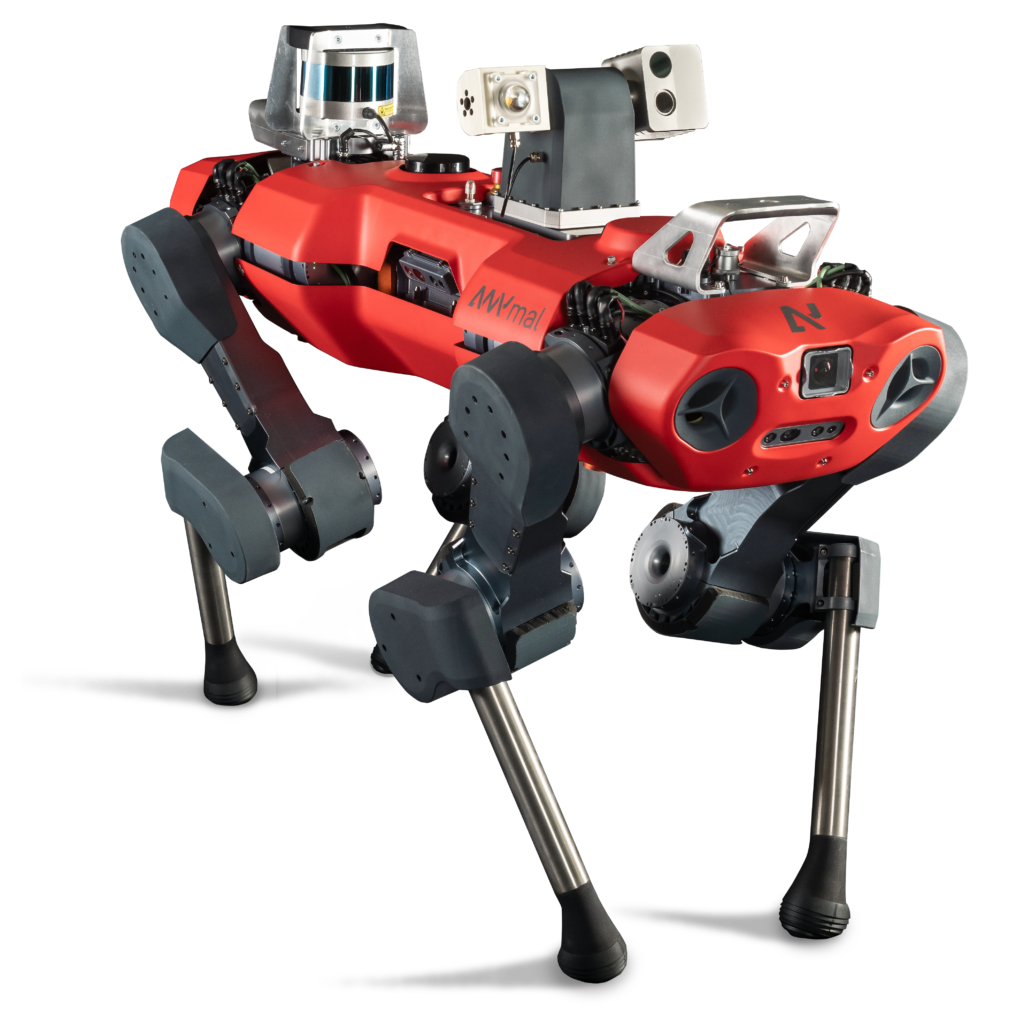Reviewed by Mila PereraSep 22 2022
A four-legged robot has learned through artificial intelligence that jumping is the best way to mobilize on the Moon’s surface.
 Patrick Bambach has presented an update on LEAP, (Legged Exploration of the Aristarchus Plateau), a mission concept study supported by ESA, at the Europlanet Science Congress (EPSC) 2022 in Granada to discover some of the most difficult terrains on the Moon.
Patrick Bambach has presented an update on LEAP, (Legged Exploration of the Aristarchus Plateau), a mission concept study supported by ESA, at the Europlanet Science Congress (EPSC) 2022 in Granada to discover some of the most difficult terrains on the Moon.
LEAP’s target is the Aristarchus plateau, a region of the Moon that is particularly rich in geologic features but highly challenging to access. With the robot, we can investigate key features to study the geologic history and evolution of the Moon, like the ejecta around craters, fresh impact sites, and collapsed lava tubes, where material may not have been altered by space weathering and other processes.
Patrick Bambach, Max Planck Institute for Solar System Research
The LEAP team intends for the robot to be integrated into the ESA's European Large Logistic Lander (EL3).
Between the late 2020s to the early 2030s, the robot is planned to land on the Moon several times.
LEAP is founded on the legged robot ANYmal, built at ETH Zürich, and variant ANYbotics.
It has been adjusted to the Moon's environment by an ETH Zurich consortium, the Max Planck Institute for Solar System Research, OHB, the University of Münster, and the Open University.
Traditional rovers have enabled great discoveries on the Moon and Mars, but have limitations. Exploring terrain with loose soil, large boulders, or slopes over 15 degrees are particularly challenging with wheels. For example, the Mars rover, Spirit, had its mission terminated when it got stuck in sand.
Patrick Bambach, Max Planck Institute for Solar System Research
ANYmal can travel in various walking styles, which enables spanning long distances in a short time, employing scientific instruments, climbing steep slopes, and even recovering in the improbable event of a fall.
The robot can also flip over boulders or smaller rocks for inspection, dig channels in the soil, and pick up samples using its legs.
The Reinforcement Learning approach was initially used to train robots in a virtual setting to simulate the lunar gravity, ground, and dust features. It has also been used in the field for outdoor hikes.
Interestingly, ANYmal started to use a jumping-like mode of locomotion, just as the Apollo Astronauts did—realizing that jumping can be more energy efficient than walking.
Patrick Bambach, Max Planck Institute for Solar System Research
The existing design is under 100 kg. It comprises 10 kg of scientific payload mass and is hypothetically able to carry ground penetrating radar, multispectral sensors, gravimeters, mass spectrometers, and other instrumentation.
“LEAP’s ability to collect selected samples and bring them to a lander or ascent vehicle offers additional exciting opportunities for sample a return missions in highly challenging environments on the Moon or Mars,” concluded Bambach.